In Milan, for the first time Palazzo Reale dedicates an exhibition to the talent of Giuseppe De Nittis, displaying about 90 paintings, including oils and pastels, from major public and private, Italian and foreign collections, including the Musée d’Orsay and Petit Palais in Paris, the Musée des Beaux-Arts in Reims and Dunkirk, the Uffizi in Florence-just to name a few-as well as the extraordinary nucleus of works preserved at the GAM in Milan and a selection from the Pinacoteca di Barletta, named after the painter, which holds an exceptional number following the bequest in the will of the widow Leontine De Nittis. De Nittis. Painter of Modern Life, this is the title of the exhibition, is curated by Fernando Mazzocca and Paola Zatti and can be visited from Feb. 24 to June 30, 2024.
The consecration of Giuseppe de Nittis as one of the great protagonists ofnineteenth-century European painting came about thanks to the exhibition fortune he enjoyed beginning with the magnificent retrospective devoted to him in 1914 by the 11th Venice Biennale. Other milestones included the exhibition Giuseppe De Nittis. La modernité élégante held in Paris at the Petit Palais in 2010-11, and in 2013 the seminal monographic exhibition dedicated to him in Padua at Palazzo Zabarella.
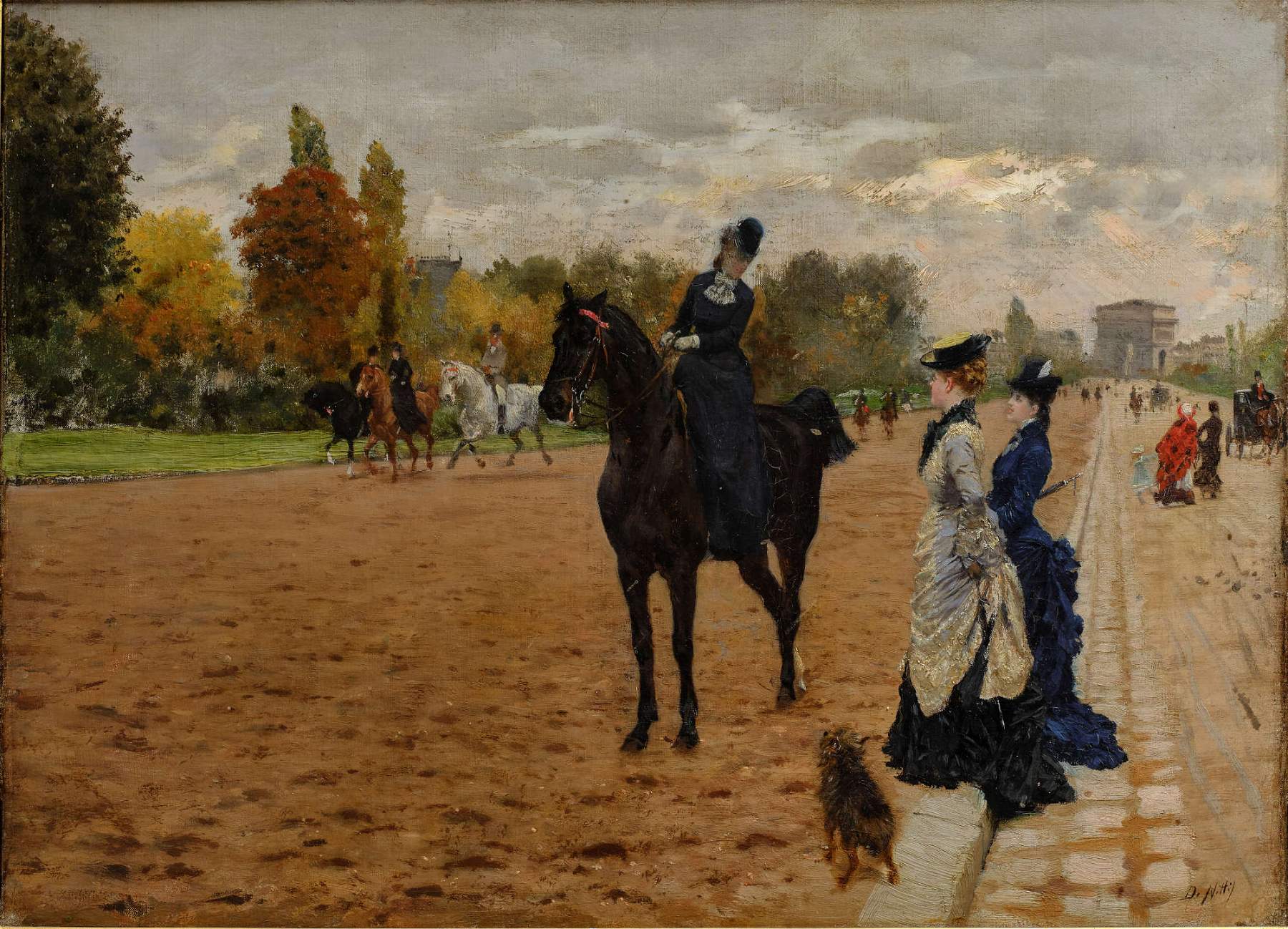
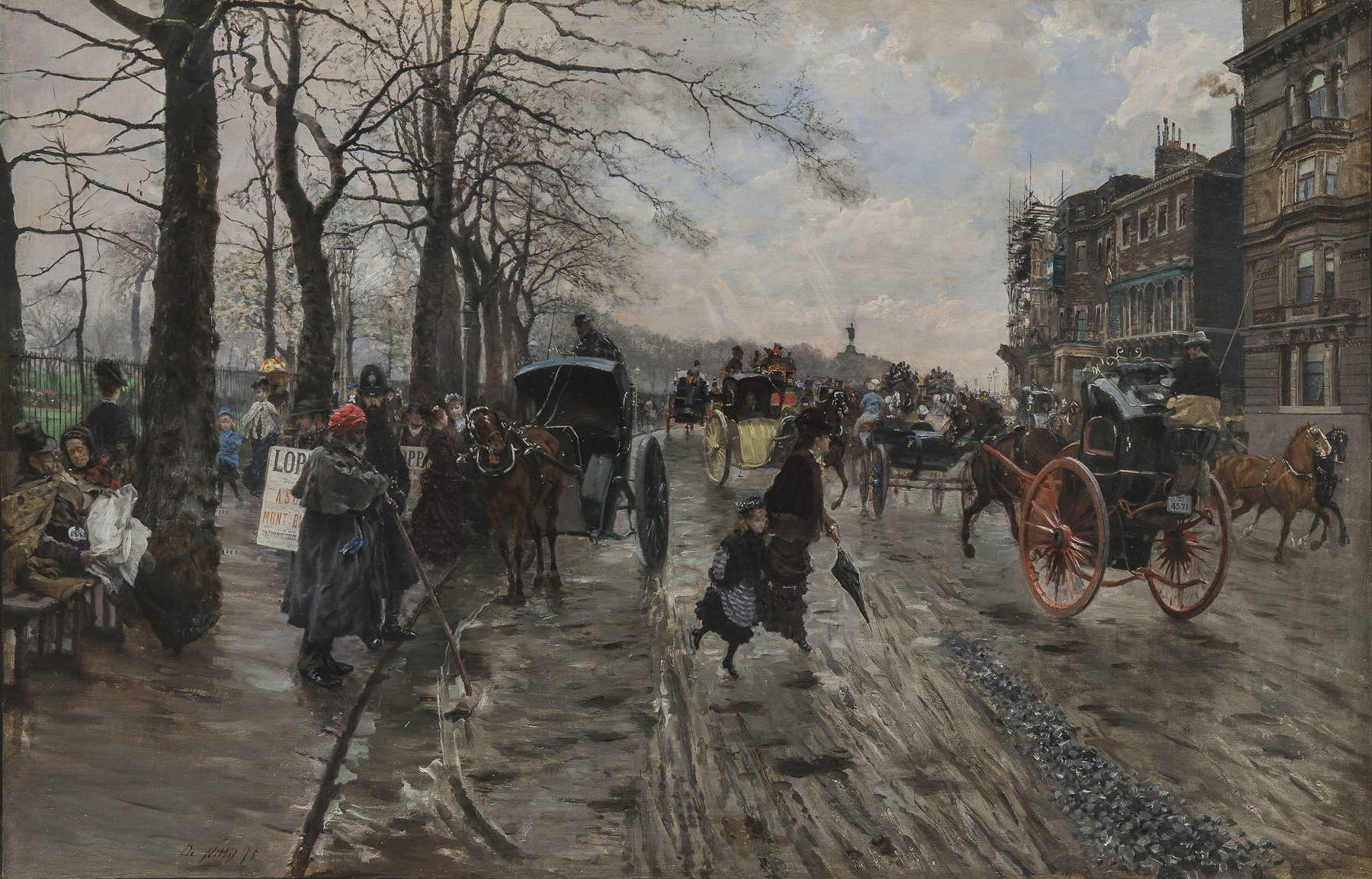

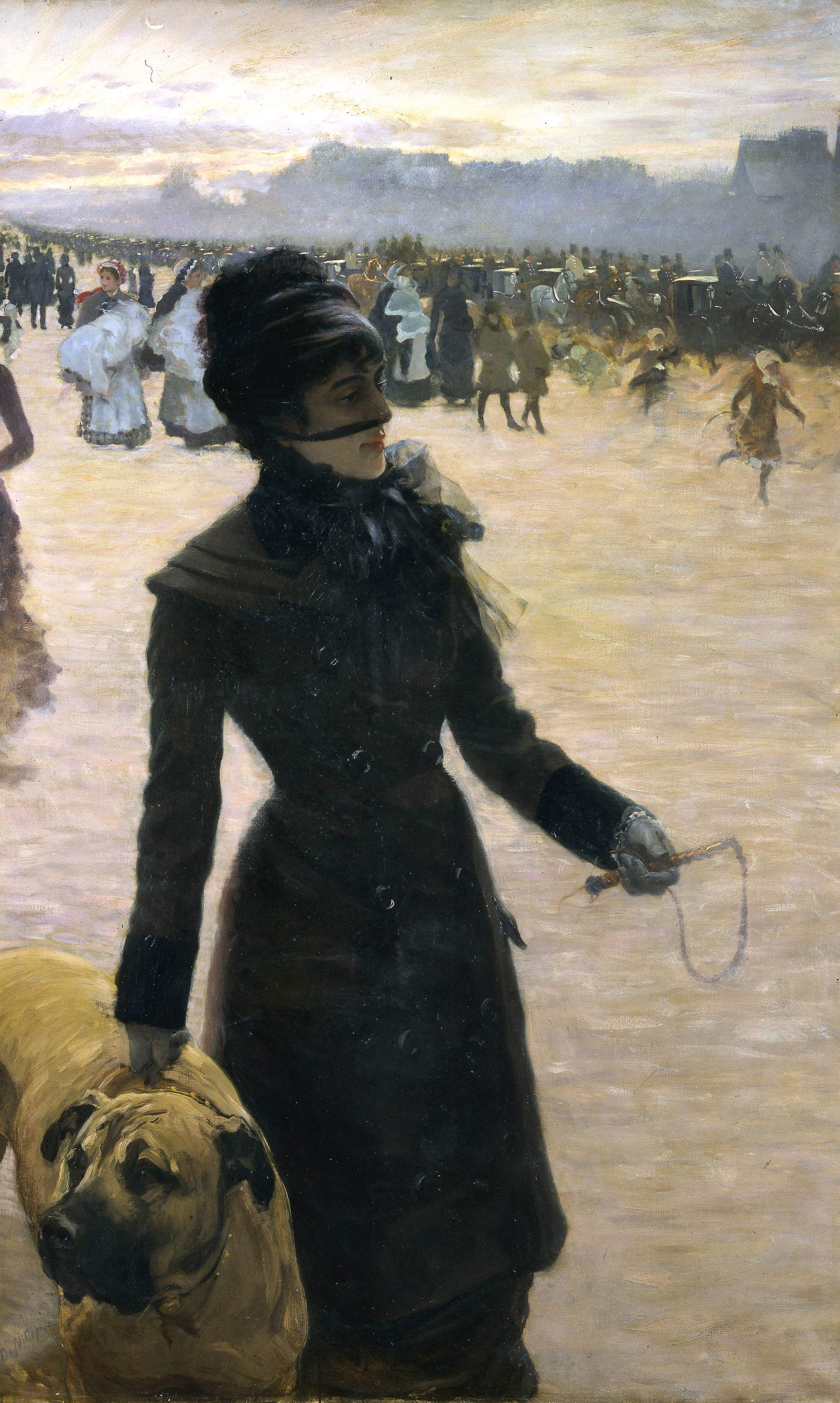
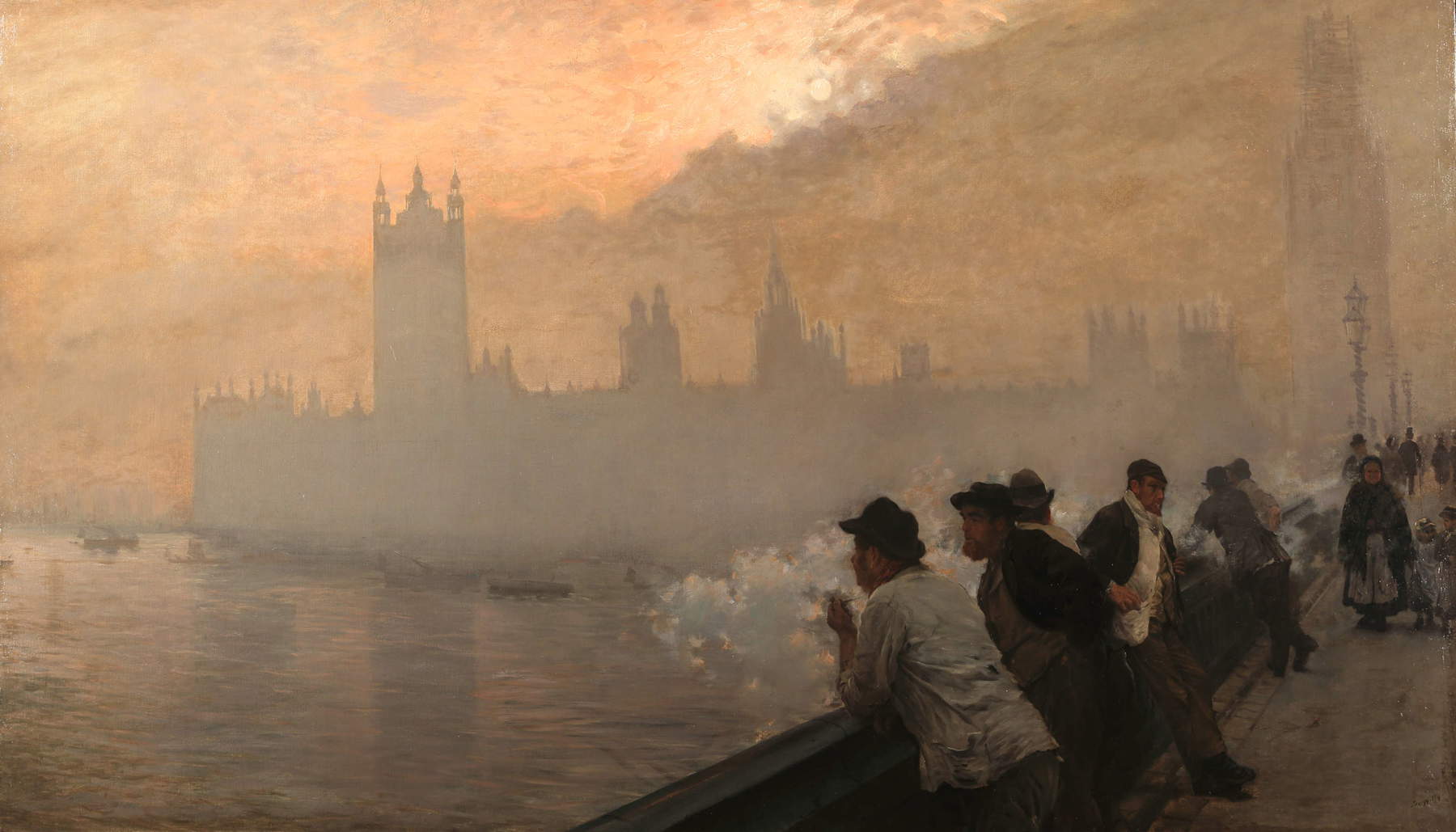
In De Nittis. Painter of Modern Life it is intended to exalt the international stature of a painter who was, along with Boldini, the greatest of the Italians in Paris, where he was able to hold his own against Manet, Degas and the Impressionists, with whom he was able to share, despite the diversity of pictorial language, the aspiration to revolutionize the very idea of painting, disrupting once and for all the hierarchy of genres to achieve the autonomy of art that was the highest aspiration of modernity.
The French and De Nittis, who always felt deeply Parisian by adoption, dealt with the same themes, such as landscape, portraiture and the depiction of modern life, which De Nittis was able to capture along the streets of the two metropolises he frequented, in those years great European capitals of art: Paris and London. He was able to represent with the two metropolises, in an extraordinary en plein air painting, the privileged places of the mythology of modernity, which will be placed at the center of an exhibition itinerary that develops over a time span of twenty years, from 1864 to 1884, reconstructing an absolutely extraordinary pictorial adventure, which ended prematurely with his death at only 38 years of age. His achievements are due to his innate genius, his ability to compare himself with the leading artists of his time, his intellectual curiosity, and his openness to other languages. He is also among the artists of his time who was best able to measure himself against the Japanese painting that had then become fashionable. De Nittis’ exhibition transited through the Parisian Salons, the first exhibition of the Impressionists in 1874 and the great Universal Exhibitions, which consecrated him as one of the major protagonists of nineteenth-century European painting.
The exhibition the collaboration of METS Percorsi d’Arte, which contributed an important nucleus of works from private collections to the exhibition project, including The Orange Kimono, Piccadilly and the celebrated Westminster. In particular, the presence of this masterpiece constitutes a trait d’union with the exhibition “Boldini, De Nittis et les Italiens de Paris,” open until April 7 at the Castle of Novara, where it was exhibited before coming to the Royal Palace. The relationship between the two exhibitions allows the visit with reciprocal reductions on the entrance ticket.
“This major retrospective makes use of the collaboration of several important museums, both national and international, and in particular from the Pinacoteca De Nittis in Barletta, the most important collection of works by the artist preserved in his hometown,” says Culture Councillor Tommaso Sacchi, “but the exhibition itinerary can also count on a series of absolute masterpieces from the civic collections, preserved and exhibited at the Galleria d’Arte Moderna in Milan. These are the opportunities that the Administration intends to strengthen in a programming that is increasingly attentive to the promotion of its heritage and the participation of the various civic institutes in the overall artistic programming of the city of Milan.”


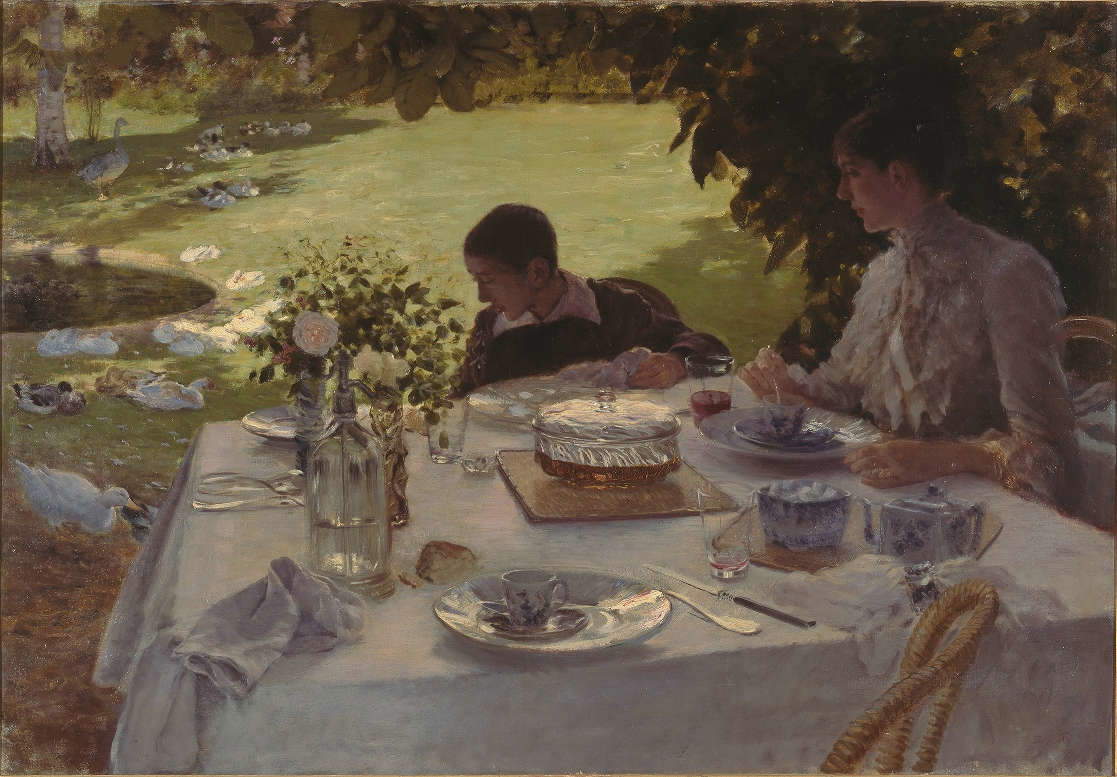


In fact, there are as many as 17 works by De Nittis in GAM’s collection, 15 of which are on view and two of which are on their way to Paris to be displayed in the exhibition Paris 1874. Inventing Impressionism, scheduled at the Musée d’Orsay from March 26 to July 14, 2024.
Like the Impressionists, De Nittis favored landscape, portraiture, and above all the depiction of modern life, observed along the crowded streets of the two great European capitals of art and social life: Paris and London. In an extraordinary repertoire of en plein air painting, the artist was able to depict the privileged places and rituals of modernity, which the exhibition places at the center of his path, developed in the short time span of his artistic career that ended prematurely with his death at only 38 years of age in 1884.
The exhibition project of De Nittis. Painter of Modern Life at the Royal Palace is divided into 11 sections, introduced by a tribute to his wife Léontine, a muse and key figure in his artistic and worldly rise. Subsequent sections trace his entire creative story, beginning with his training in Naples and ending with his resounding international success between Paris and London, up to his final years. As curator Fernando Mazzocca writes in his catalog essay: “The uniqueness of his painting, which compares itself to that of the Impressionists and does not come out diminished, lies precisely in the extraordinary capacity of observation that allowed him to render, like few others, the elusive dynamism of the modern city, characterized by the ’unexpected, the changeable, that which is fleeting,’ stopping it in the ’moment, like the photographers, without stiffening it.”
Writes Paola Zatti in the catalog, “It is certain that from his first stay in the city, which less than a year later would become his own, he had the opportunity to touch Oriental art by breathing in its suggestions, grasping on the fly its language and those stylistic elements on which he would meditate for a long time as part of a non-trivial experimentation, attentive to technical as well as thematic and compositional aspects.”
The exhibition is made possible thanks to BPER, sponsor of the show, and Marzotto Interiors, which recreated the atmospheres of the settings of the paintings with some fabrics made especially for this display. The exhibition is accompanied by a Silvana Editoriale catalog.
For all information, you can visit the official website of Palazzo Reale or the official event website.
 |
| Milan, an exhibition on Giuseppe De Nittis at Palazzo Reale with more than 90 works |
Warning: the translation into English of the original Italian article was created using automatic tools. We undertake to review all articles, but we do not guarantee the total absence of inaccuracies in the translation due to the program. You can find the original by clicking on the ITA button. If you find any mistake,please contact us.